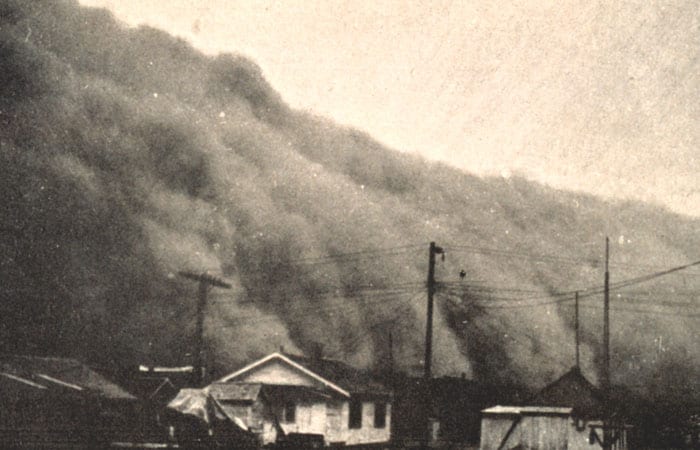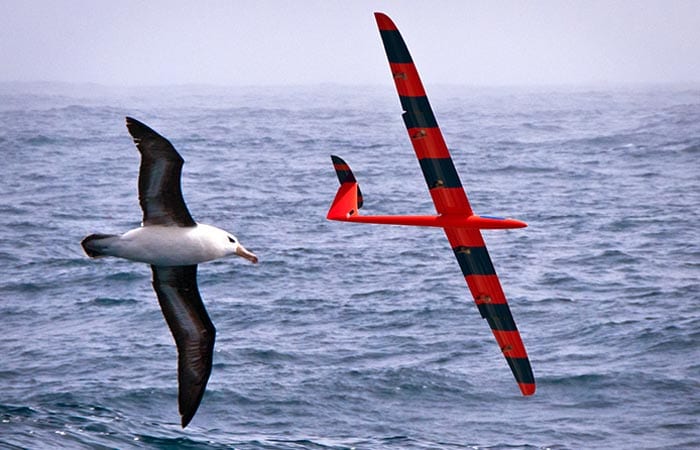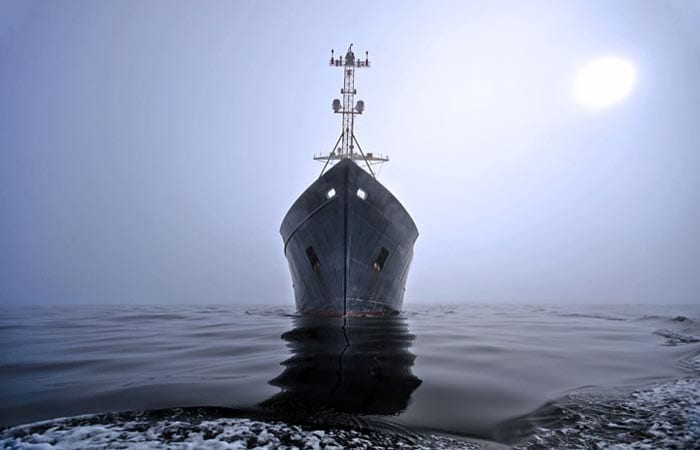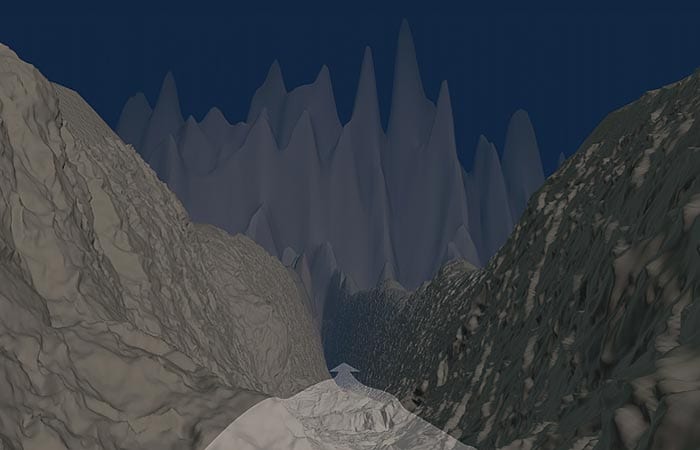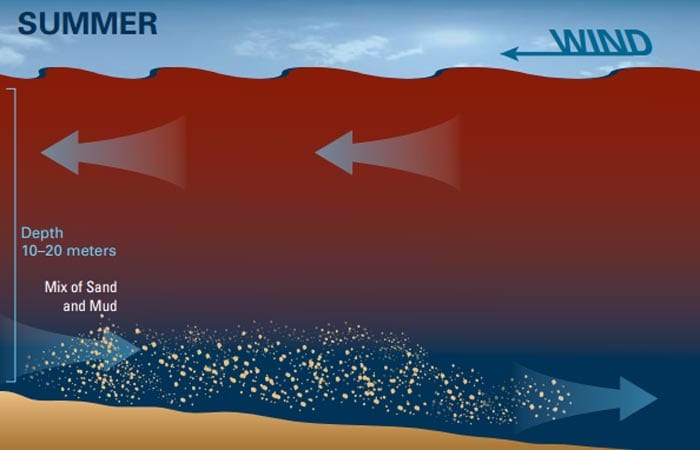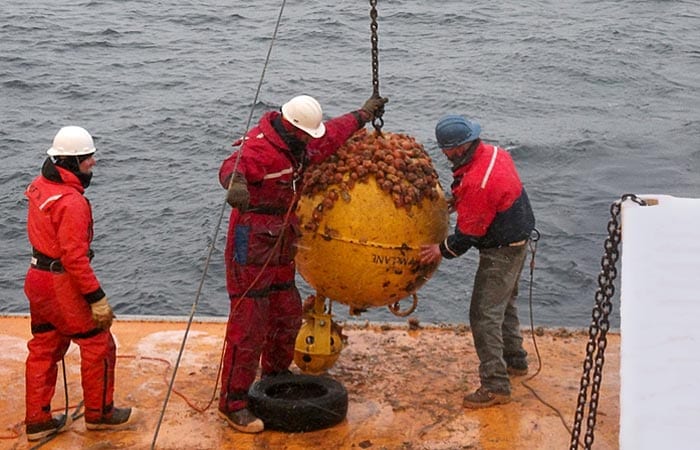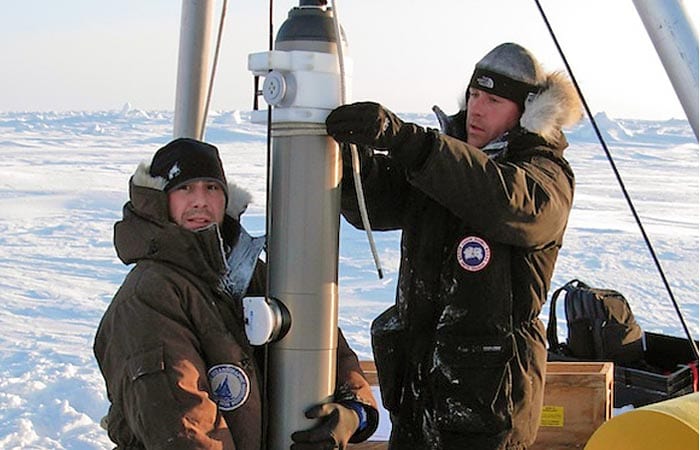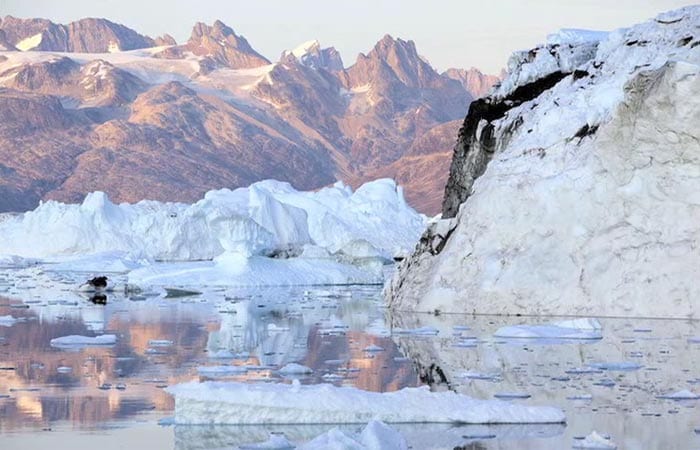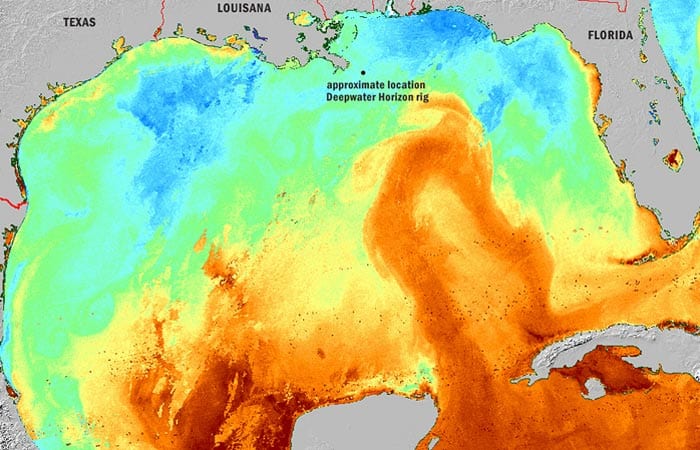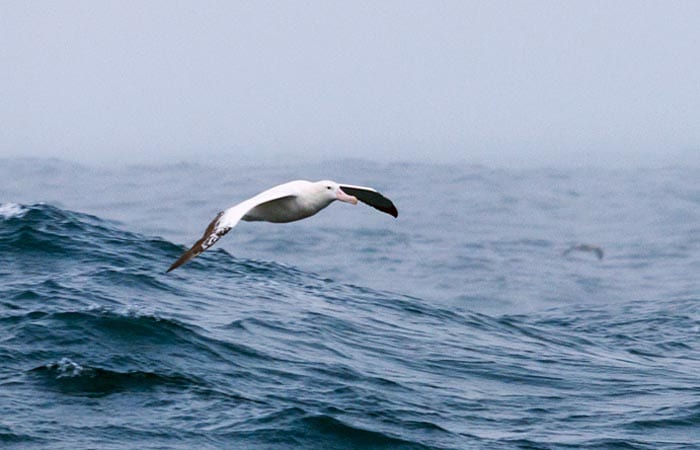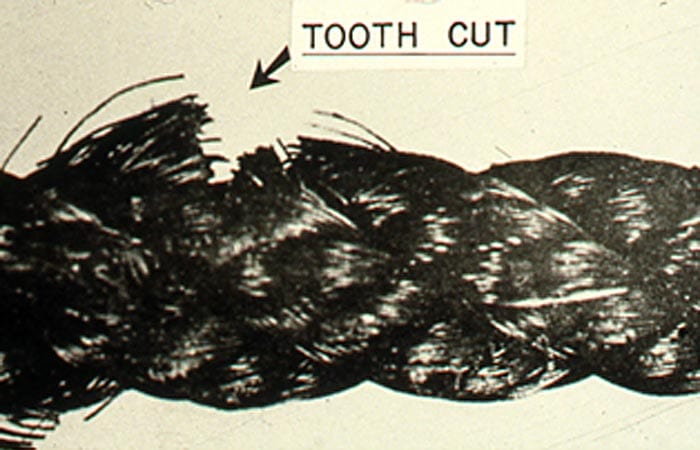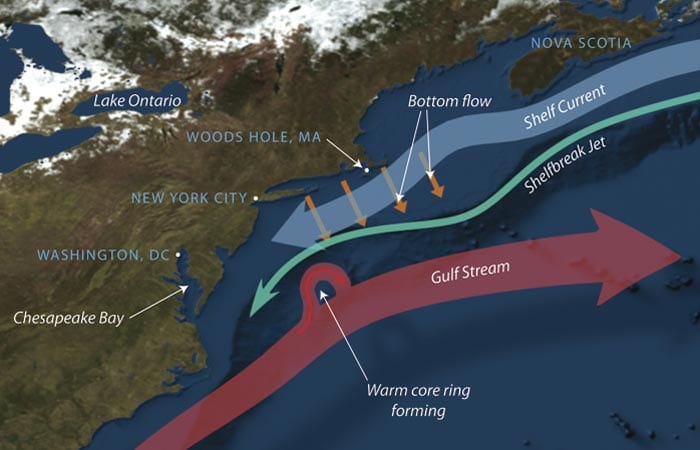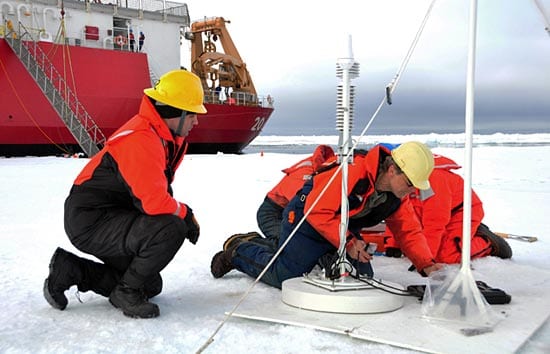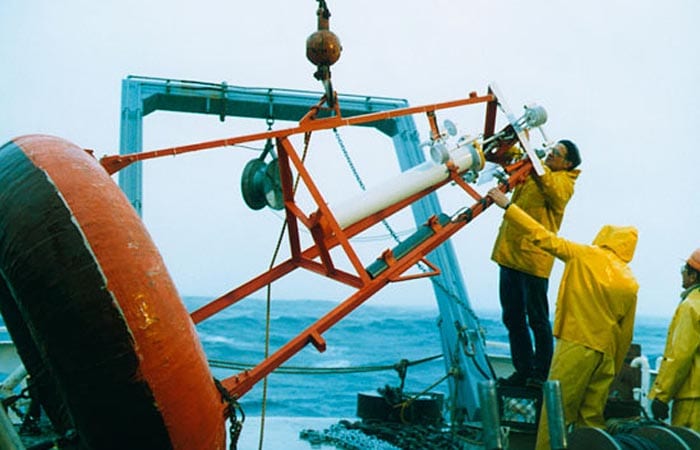Physical Oceanography
Study explores complex physical oceanography in East China Sea
Just days before a team of researchers from Woods Hole Oceanographic Institution (WHOI) and National Taiwan University set out to conduct fieldwork in the East China Sea, Typhoon Morakot—one of…
Read MoreThe Synergy Project, Part II
Back in my high school, and maybe yours too, kids naturally separated into cliques—jocks, punks, preppies, hippies, and at the extremes of the mythical left- and right-hemisphere brain spectrum, nerds…
Read MoreThe Synergy Project
Back in my high school, and maybe yours too, kids naturally separated into cliques—jocks, punks, preppies, hippies, and at the extremes of the mythical left- and right-hemisphere brain spectrum, nerds…
Read MoreScientists Use Marine Robots to Detect Endangered Whales
Two robots equipped with instruments designed to “listen” for the calls of baleen whales detected nine endangered North Atlantic right whales in the Gulf of Maine last month. The robots…
Read MoreStorms, Floods, and Droughts
The source of the rain that filled your town reservoir, or flooded your nearby river, or never arrived to water your crops, is most likely the ocean. The ocean contains…
Read MoreCalculating Evaporation from the Ocean
Illustration by Amy Caracappa-Qubeck, Woods Hole Oceanographic Institution Imagine you turn on the tap in the morning and water pummels out and spills over your sink. Later you go out…
Read MoreScientists Uncover Diversion of Gulf Stream Path in Late 2011
The Gulf Stream moved well north of its normal path in early November and mid-December of 2011, causing warmer-than-usual ocean temperatures along the New England continental shelf.
Read MoreA Robotic Albatross?
Oceanographer Phil Richardson formally retired in 1999, but that hardly diminished his passion and curiosity. Last year, he combined his scientific knowledge with longstanding interests in sailing and flying to…
Read MoreScientists Discover New Trigger for Immense North Atlantic Ocean Spring Plankton Bloom
On this July 4th week, U.S. beachgoers are thronging their way to seaside resorts and parks to celebrate with holiday fireworks. But across the horizon and miles out to sea…
Read MoreBeneath Arctic Ice, Life Blooms Spectacularly
Scientists have discovered a massive bloom of phytoplankton beneath ice-covered Arctic waters. Until now, sea ice was thought to block sunlight and limit the growth of microscopic marine plants living…
Read MoreA Newfound Cog in the Ocean Conveyor
A decade into the 21st century, scientists have confirmed the existence of a new and apparently crucial ocean current on the face of the Earth. International teams led by Woods…
Read MoreLessons from the 2011 Japan Quake
When the ground in Japan started shaking on March 11, 2011, the Japanese, who are well accustomed to earthquakes, knew this time was different. They weren’t surprised—the fault that ruptured…
Read MoreThe Great South Channel
When people are hungry, they go to a place where they know they can find their favorite food. Right whales do much the same thing. In the Great South Channel,…
Read MorePowerful Currents in Deep-Sea Gorges
On my first major research cruise, the ship was hit by a hurricane. On the second, the weather was even worse. In one particularly nasty storm, I remember standing braced…
Read MoreBetween the Beach and the Deep Blue Sea
Capt. Ken Houtler laughed when I remarked that I didn’t know the sun rose this early as I boarded his ship last summer. Now climbing aboard again in January, I…
Read MoreThe Ghost Mooring
Just before leaving for a long-awaited vacation, Scott Worrilow came in to work on a Monday morning in April 2011, just for a few minutes, to do a routine daily…
Read MoreAnother Piece in the Arctic Puzzle
It’s spring again, and while most of us are putting away our winter coats and watching our flowers pop up, it’s time for Rick Krishfield and Kris Newhall to don…
Read MoreWhere Ocean and Ice Meet
Gliders Tracked Potential for Oil to Reach the East Coast
In the initial days of the Deepwater Horizon disaster, a spotlight shone on a little-known watery cog in the ocean’s circulatory machinery: the Loop Current in the Gulf of Mexico.…
Read MoreOf Wings, Waves, and Winds
“Great albatross! The meanest birds Spring up and flit away, While thou must toil to gain a flight, And spread those pinions grey; But when they once are fairly poised,…
Read MoreWhen ‘The Fish Are Biting’ Is Bad News
<!– –> Among the odds and ends in Rick Trask’s office is the tip of a swordfish bill, mounted on a piece of wood and displayed on the windowsill. For…
Read MoreWhere the Food Is in the Sea, and Why
When you’re on a boat 50 miles south of Cape Cod on a calm day, the water around you may look flat and relatively featureless. A few hundred feet below,…
Read MoreExploring the Arctic in the Midst of Change
Chief Scientist Bob Pickart and his 26-member science team were in the hangar at the Barrow Air Search and Rescue Station, waiting for the helicopter. An Inupiat community barnacled to…
Read MoreBuilding Them Tough, Bringing Them Back
Fifty years ago, on Dec. 11, 1960, a group of scientists, engineers, and technicians from Woods Hole Oceanographic Institution set a doughnut-shaped buoy into the waters off Bermuda. Anchored by…
Read More


